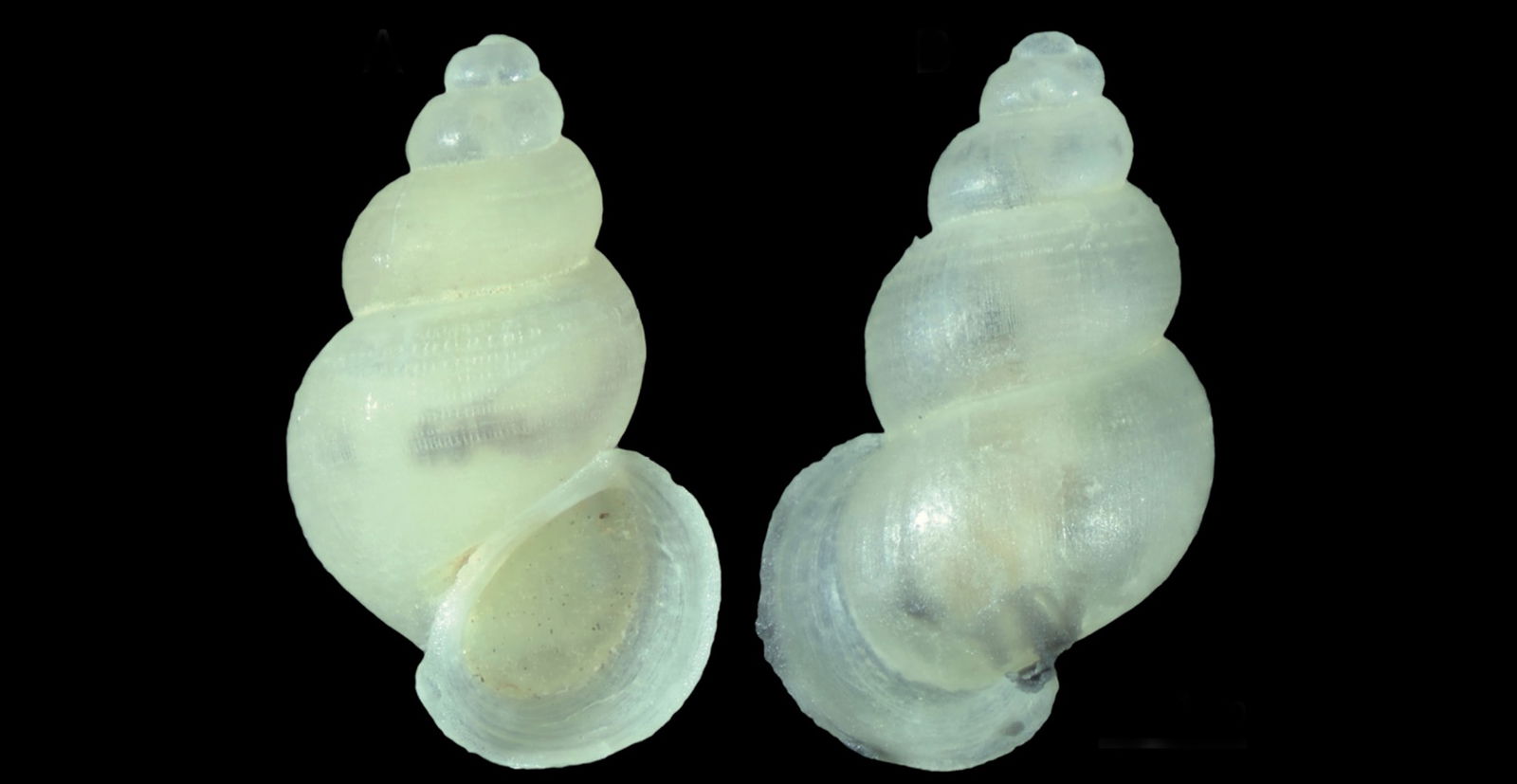In a fascinating blend of science and literature, two newly discovered species of freshwater snails from Brazil have been named after characters from J.R.R. Tolkien’s The Lord of the Rings.
The species, Idiopyrgus eowynae and Idiopyrgus meriadoci, honor Éowyn and Meriadoc Brandybuck, two iconic figures from Tolkien’s fantasy world.
Published in the journal Zoosystematics and Evolution, the study highlights both the unique characteristics of these snails and the symbolic significance of their names.
A Mix of Science and Fiction
Taxonomy, the science of classifying organisms, often draws inspiration from culture, mythology, and literature. Among its most engaging traditions is naming species after fictional characters, offering a creative link between scientific discovery and popular imagination. Over the years, various animals and other organisms have been named in homage to beloved characters from books, movies, and comics.
For those who are fans of Godzilla, scientists crowned an 18-foot-tall dinosaur fossil, Gojirasaurus quayi, paying homage to Gojira, the Japanese name for Godzilla. Beyond giant monsters, Otocinclus batmani, a type of catfish, has been named in honor of Batman.
The tradition extends beyond fantasy into the humorous and absurd. For example, Spongiforma squarepantsii, a sponge species found in Malaysian forests, pays homage to SpongeBob SquarePants. Its spongy structure and bright coloration mirror the beloved animated character.
The newly named snails Idiopyrgus eowynae and Idiopyrgus meriadoci are just the latest examples. Previously, Gollumjapyx smeagol, a primitive insect named after Gollum, was discovered in caves, much like its namesake’s underground haunts. Other Lord of the Rings names include Sauroniops pachytholus, a dinosaur fossil found only by its intact upper eye socket.
Adding More Lord of the Rings Names:
In this study, the researchers described Idiopyrgus eowynae as a tribute to Éowyn’s “courage, resilience, and resistance against darkness, both internal and external,” as they wrote in their paper. They highlighted her defiance of Gríma Wormtongue and her pivotal role in slaying the Witch-king of Angmar in the Battle of the Pelennor Fields.
Similarly, Idiopyrgus meriadoci was named for Merry Brandybuck, for his valiant actions. “Besides standing with Éowyn against the Witch-king in the Battle of the Pelennor Fields, Merry is also an example of the fight for nature conservation in Middle-earth, pushing the Ents into action and ultimately ending Saruman’s threat to Fangorn Forest,” they wrote in their paper.
Where were the Snails Found?
Both species were discovered in the Gruna do Pedro Cassiano cave, located in the Serra do Ramalho karst region of Bahia, northeastern Brazil. The cave is part of a fragile ecosystem under significant threat from human activities, including water extraction, deforestation, and the effects of climate change. Recognizing the vulnerability of these species, the researchers called for their classification as vulnerable in their paper, emphasizing the need for immediate conservation efforts to protect their delicate habitat.
The snails belong to the Tomichiidae family, a group previously known to inhabit surface freshwater environments. However, these discoveries reveal their remarkable adaptation to life underground. The snails have evolved troglobitic features common to cave-dwelling species, such as reduced pigmentation, fragile shells, and small size. In addition, they possess thorn-like periostracal hairs on their shells, a feature rarely observed among Brazilian freshwater snails.
Lead author Dr. Rodrigo B. Salvador of the Finnish Museum of Natural History expressed his enthusiasm for naming the snails after Tolkien’s characters. Known for his creative approach to taxonomy, Salvador frequently draws inspiration from pop culture, including books, comics, and video games.
“There is a long-standing tradition in taxonomy of using names from mythology and literature to name species,” Salvador explained in a recent statement. “In the old days, those names mostly came from Greek and Roman myths and Shakespeare.”
“Today, we have newer mythologies and literature classics,” Salvador added, “so in a way, we’re just continuing that tradition.”
Kenna Hughes-Castleberry is the Science Communicator at JILA (a world-leading physics research institute) and a science writer at The Debrief. Follow and connect with her on X or contact her via email at kenna@thedebrief.org

